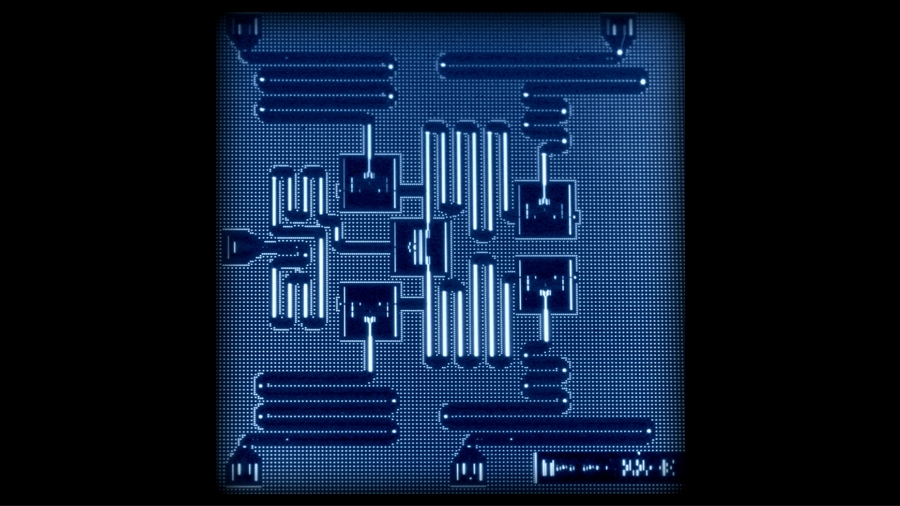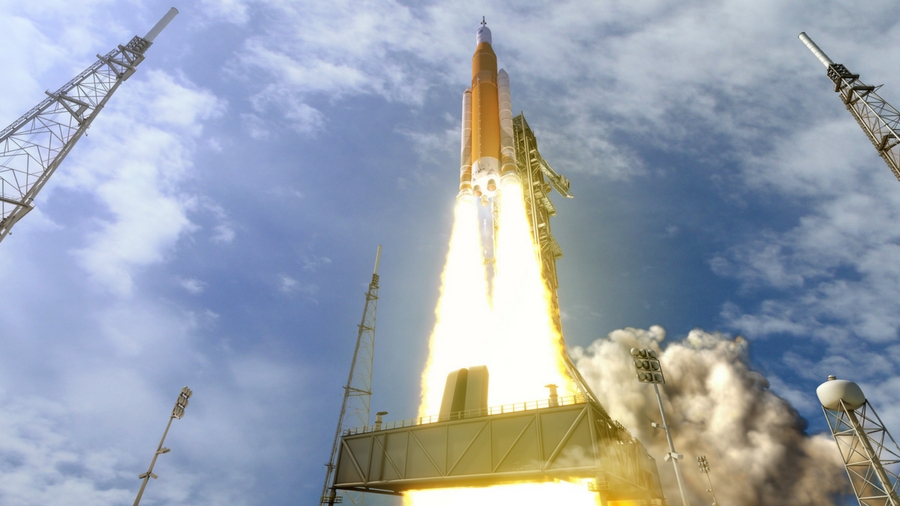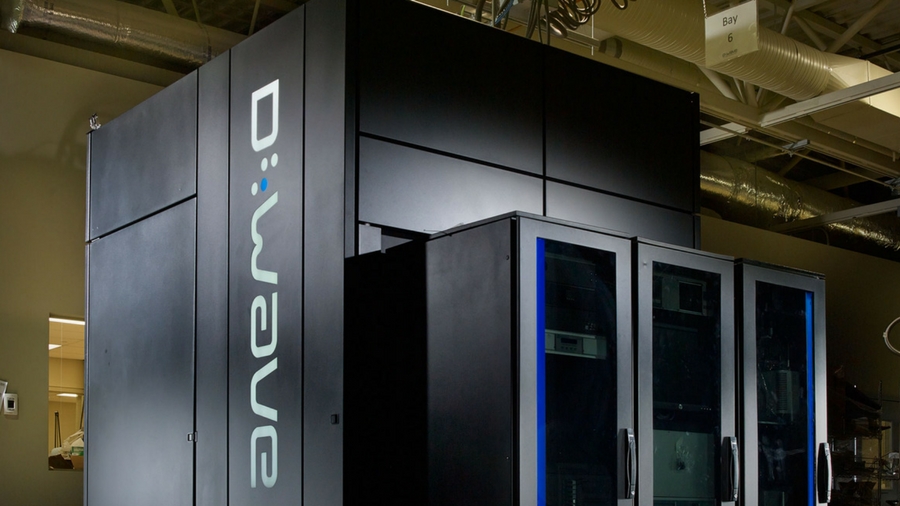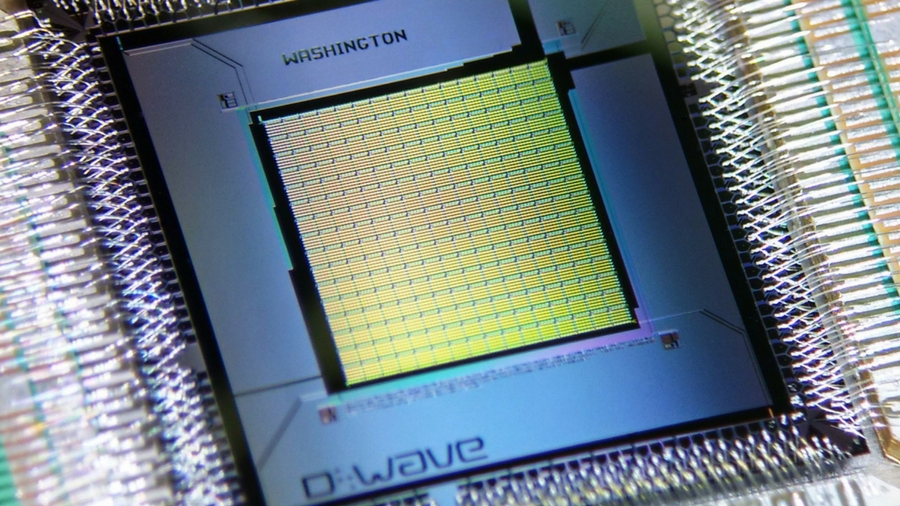How do we create a Quantum Internet?
It's all just ones and zeros. Except when it's both

Is life analogue or digital? We live in a digital age, so the answer might seem obvious. Think again. Reality is not digital – it's quantum. Modern computers are only digital because the analogue subatomic world is too complex to understand.
Cue the quantum computer, where ones and zeros coexist as quantum bits – or qubits – and where packets of data are replaced by encoded light cables of myriad quantum states simultaneously. Quantum computers are magnitudes more powerful than present machines, and that can only mean one thing: a quantum internet.

What is quantum computing?
Get ready for some subatomic awesomeness. Classical digital computers use transistors to process information in various sequences of 0s and 1s. Transistors are merely switches that switch on or off to produce a 0 or a 1, thus producing binary computer language. More transistors means more processing power, with the Intel Broadwell-EP Xeon – at 7.2 billion transistors – the current market leader.
Quantum computers use the laws of quantum mechanics to offer endless possibilities thanks to the fact that tiny particles such as electrons and photons can be in multiple states – not just one and zero, but both at the same time. This is called superposition. So instead of on or off 'bits' of classical computing, we get qubits, which can be 0, or 1, or both simultaneously.
100 million times faster
Extrapolate how many more calculations a quantum computer is capable of simultaneously and you get this stunning result: a 500 qubit computer could perform more calculations in a single step than there are atoms in the observable universe. Dealing in qubits essentially means that a quantum computer can operate 100 million times faster than traditional computers, solving a problem in a split-second that would take a regular digital computer thousands, if not millions, of years to calculate.
"A lot of computationally intensive processes such as genome modelling, drug research and weather forecasting will benefit enormously where lots of small and simultaneous computations are required," says Andersen Cheng, CEO of cybersecurity startup Post-Quantum. "It will also enable many financial modelling and trading analytics to be supercharged for financial gains."
So it's no surprise that even though quantum computing is still firmly in the research phase, one company now sells them.
Sign up to the TechRadar Pro newsletter to get all the top news, opinion, features and guidance your business needs to succeed!

On sale now: quantum computers
D-Wave Systems, based in Canada, is the first quantum computer manufacturer. There are four of its latest D-Wave 2X systems in existence: at the company's facility in Burnaby, British Columbia, at the USC-Lockheed Martin Quantum Computing Centre in Los Angeles, at NASA's Ames Research Centre in Mountain View, California, and at the US Energy Department's Los Alamos National Laboratory in New Mexico (though the latter is still under construction).
Probably the most famous is the one held by NASA, which is a collaboration between NASA's Quantum Artificial Intelligence Laboratory (QuAIL) and Google. This D-Wave 2X – like the others – is a 1,098-qubit quantum computer. Shielded to 50,000 times less than Earth's magnetic field in a vacuum facility, the D-Wave 2X is cryogenically cooled to minus 460 degrees Fahrenheit, about 180 times colder than interstellar space. Quantum computers need to be cold – absolute zero, to be precise – and shielded from any electromagnetic interference.

A quantum cloud
The other major quantum computing surge is coming from IBM, which has developed the world's first quantum computing platform at the IBM T.J. Watson Research Center in New York. It's been accessible since May on the IBM Cloud.
Although it 'only' has a five-qubit quantum processor, the aim is to increase the compute power to 50 qubits, the point where IBM thinks it will outperform all of the current top 500 supercomputers put together.
"Quantum computing is becoming a reality and it will extend computation far beyond what is imaginable with today's computers," says Arvind Krishna, senior vice president and director at IBM Research. "This moment represents the birth of quantum cloud computing."
Top Image: IBM's five-qubit processor (Image Credit: IBM)
Jamie is a freelance tech, travel and space journalist based in the UK. He’s been writing regularly for Techradar since it was launched in 2008 and also writes regularly for Forbes, The Telegraph, the South China Morning Post, Sky & Telescope and the Sky At Night magazine as well as other Future titles T3, Digital Camera World, All About Space and Space.com. He also edits two of his own websites, TravGear.com and WhenIsTheNextEclipse.com that reflect his obsession with travel gear and solar eclipse travel. He is the author of A Stargazing Program For Beginners (Springer, 2015),
